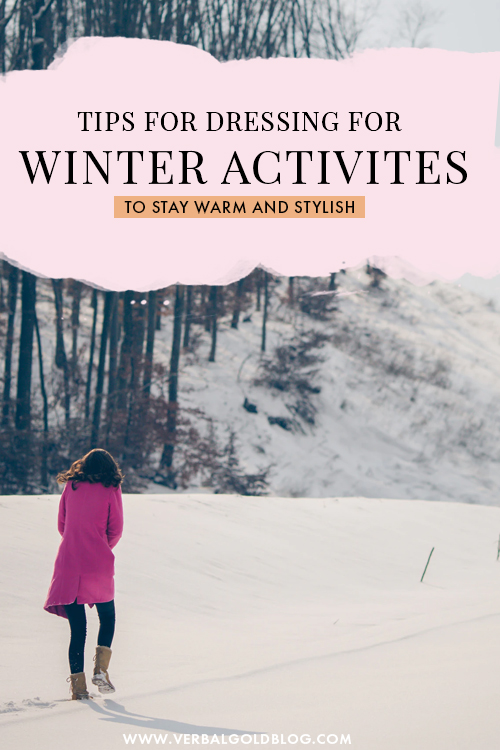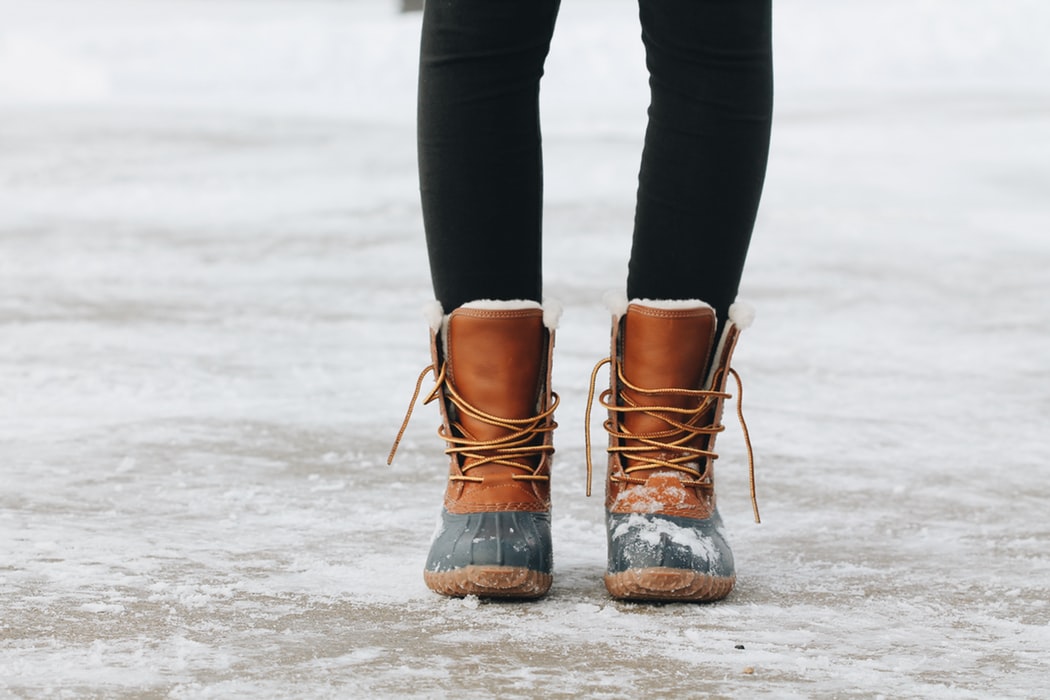How To Dress For Outdoor Winter Activities
The Scottish have a saying: “There’s no such thing as bad weather, just the wrong clothing.”
Clothing can do a lot to dispel the harshness of winter weather. If you’re a skier, a hiker, an ice skater or hockey player, or just someone who likes to be outside walking in the cold, here are some tips for dressing for the cold that will keep you warm, dry, safe, and able to move freely during the winter:
Dressing for the cold: Our top tips
Freedom of movement
We’ve all seen photos of adults and children so bundled up they look like the snowmen they’re making. If they were to tumble, it seems possible that they would roll to the bottom of the hill without being able to stand up. So think lightweight. There are many fabrics that give you insulation without the mummy effect. Make sure that the fit of your clothing allows for easy, safe movement.
Warmth
The key to dressing for the cold and staying warm is to dress in three layers. Start with long underwear made in a blend that wicks moisture away from the skin. Cotton tends to hold sweat right next to the skin; polyester blends are a better choice. The middle layer should be something lightweight and warm like fleece, that is good at retaining heat. The top layer should be water-repellent and wind-resistant. There are many miracle fabrics like Gortex that keep you dry. In really cold climates, your middle and top layers will be heavier. A down-filled waterproof parka is an excellent outer layer. For skiing, nothing beats a ski suit that is streamlined and insulated.
Keep your head, feet, and hands warm and dry
50% of heat loss from the body comes from the head so cover it well with a warm, waterproof cap or hat that covers the ears. In really cold weather, you may want to add a face mask. Gloves or mittens that extend up under or over the sleeves are essential. Mittens actually keep the hands warmer because the fingers can snuggle together; while gloves are better for gripping things like ski poles or hockey sticks.
Wear wool blend socks that wick moisture away from the feet
Wear appropriate waterproof shoes or boots for the activity you’re doing. Boots should extend up over your pant cuffs. Supportive clothing keeps you safe. If you’re going to be hiking on the slippery or frozen ground be sure to wear shoes or boots with good traction. You can even add ice grippers to the soles. If you have any weakness in the legs, knees, or ankles, a brace is a good idea as walking in snow or on the ice puts an extra strain on the muscles.
Carry extra clothes
If you’re really working up a sweat in your activity, you may soak through your lower layers. In time, you can feel chilled. Keep a change of clothes in your car or backpack. Nothing feels better after hours outside than changing into dry clothing.
Pay attention to your skin when dressing for the cold
No matter how brilliantly the sun is shining, the cold air of winter can cause frostbite to exposed skin. Pay attention to your own face and those of your companions. If your fingers are numb and tingly, it’s time to take a break and warm up.
Playing or even working outside in winter can be exhilarating. Don’t let the perils of cold come between you and a good time. Follow the advice of the Scottish for dressing for the cold and wear the right clothing during winter!
What are some other tips you have for dressing for the cold?






